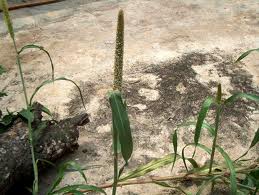Papaver
Pot Cultivation
Poppies need a long, cool growing season to grow into a good size plant before blooming. They require plenty of sun; they will not thrive in shade. They prefer well-drained sandy or sandy loam with a pH of 6.0 to 7.5. To harvest P. rhoeas, take fresh petals anytime, but be aware that hot weather can cut the blooming period short. Watch the vase-shaped seed pods and cut them individually as they turn color and begin to dry. Store them in a paper bag until they are completely dry and then shake the seeds loose. Sieve away the chaff and sort the seeds by hand for the final cleaning. Use fresh petals for coloring wine or clear syrups and dried seeds as toppings for baked goods.Propagation
Seeds that have been chilled in the fridge for a week may be planted directly outside where they are to grow as soon as the soil is workable in the spring. P. orientale, the Oriental Poppy, can be increased by root cuttings. These should be taken as soon as the foliage dies down. Lift the plant and cut the roots into 3- to 4-inch long pieces. Set these in sandy soil in a cold frame for a few weeks. They may then be laid horizontally and covered with an inch or so of soil, or vertically and covered with � to 1 inch of soil. |
P. glaucum |
VARIETIES
- P. orientale (Oriental Poppy) & varieties - Barr's White; Cavalier; Curtis Giant Flame; Curtis Salmon Pink; Enchantress; Gold of Ophir; Indian Chief; May Sadler; Perry's White; Salmon Glow; Watermelon; Wunderkind.
- P. nudicaule (Iceland Poppy);
- P. rhoeas (Shirley Poppy);
- P. somniferum (Opium Poppy) & varieties - Carnation-flowered; Peony-flowered; White Swan; Mikado. P. commutatum;
- P. glaucum (Tulip Poppy);
- P. pavoninum (Peacock Poppy).




